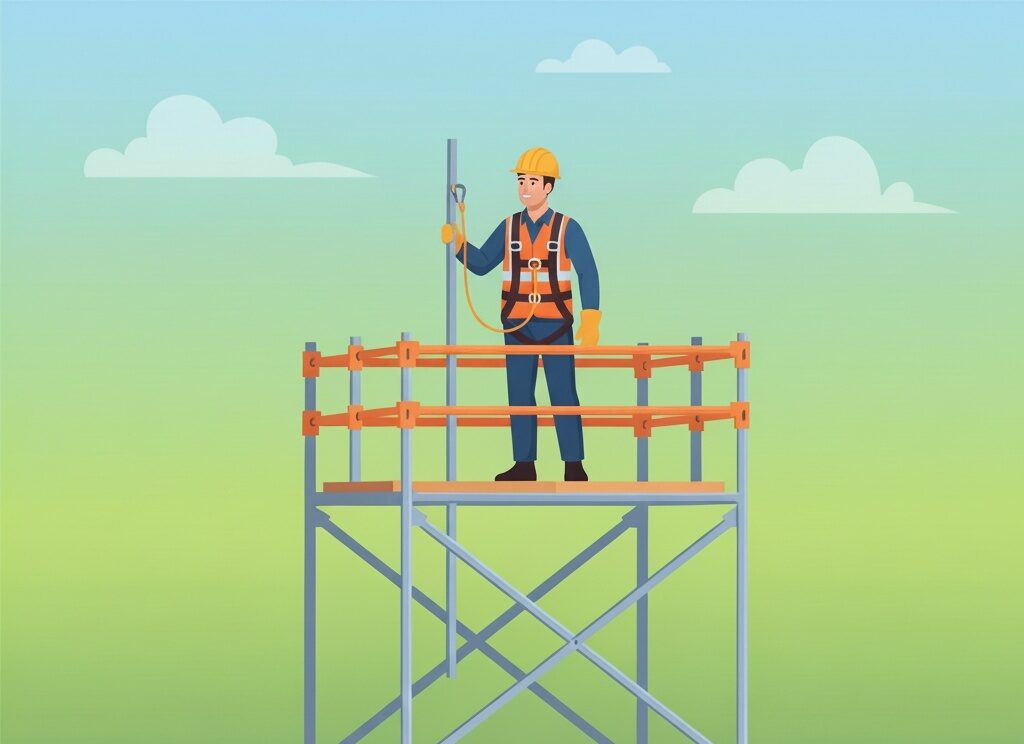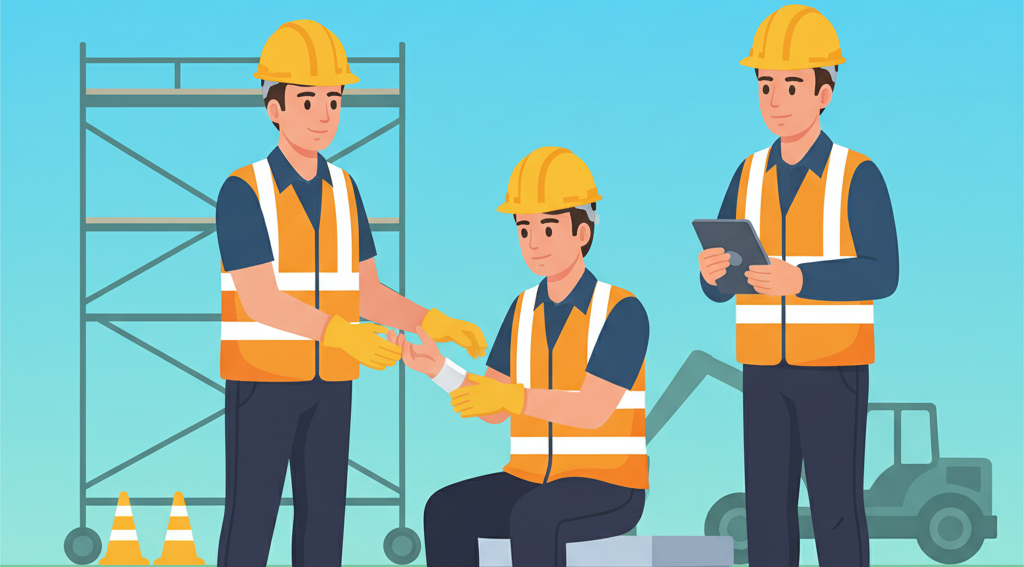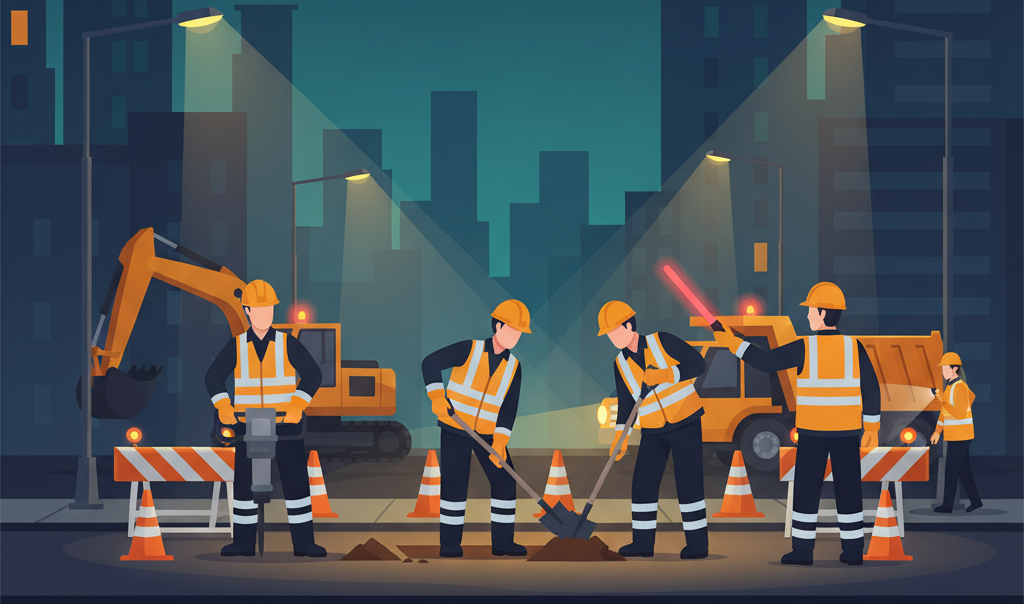Scaffolding is a staple on most job sites, giving workers the access they need to get the job done at heights. But if it’s not set up or used the right way, it can turn into a serious hazard. Falls from scaffolds are one of the leading causes of injuries and fatalities in construction.

That’s why every worker needs to know the basics of scaffold safety—how to set it up, use it properly, and keep it in good shape.
Setting Up a Safe Scaffold
A solid scaffold starts with proper assembly. Here’s what to keep in mind:
- Pick the right scaffold for the job. Make sure it can handle the load and is the right height.
- Check the ground. The base needs to be level and firm. Use mud sills or base plates if needed.
- Follow the instructions. Always assemble scaffolding according to manufacturer guidelines and OSHA rules.
- Install guardrails and toe boards. These help prevent falls and keep tools or materials from dropping on workers below.
- Secure it properly. Use braces, ties, and stabilizers to prevent tipping or shifting.
Working Safely on Scaffolds
Once the scaffold is up, using it safely is just as important:
- Inspect it daily. Before stepping on, check for any damaged parts, loose planks, or missing safety features.
- Wear the right gear. If fall protection is required, wear a full-body harness with a lanyard.
- Stick to weight limits. Don’t overload the scaffold with people, tools, or materials beyond its rated capacity.
- Climb safely. Use designated ladders or stairways—never climb the scaffold frame.
- Keep three points of contact. Always have either two feet and one hand or two hands and one foot on the scaffold when moving.
Keeping Scaffolds in Good Shape
Routine maintenance and hazard awareness help prevent accidents:
- Look for damage. Regularly check planks, braces, and fasteners. Replace anything worn or broken.
- Store it properly. Keep scaffolding components in a dry area to prevent rust and damage.
- Watch out for weather and hazards. Rain, wind, and electrical lines can turn a scaffold into a danger zone fast.

Get Certified in Scaffold Safety
Training is key to staying safe and OSHA-compliant. If you work with scaffolds, take the next step by getting certified through a Scaffolding Competent Person course. This training covers everything from setup to hazard recognition and compliance standards.
Sign up today: Scaffolding Competent Person Course
FAQs
Q: How often should scaffolds be inspected?
A: OSHA requires inspections before every shift and after any event that could affect stability.
Q: Is fall protection always needed on scaffolds?
A: Yes, if you’re working more than 10 feet off the ground, you need guardrails or a personal fall arrest system.
Q: Can anyone set up a scaffold?
A: No, scaffolds must be built, modified, or taken down by a qualified person who knows the risks and safety rules.
Scaffold safety isn’t just about following rules—it’s about making sure you and your crew go home in one piece. Stay informed, stay trained, and make safety a habit every time you step onto a scaffold.













